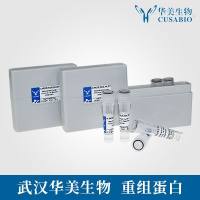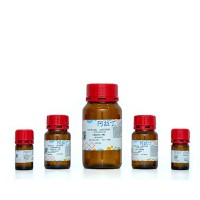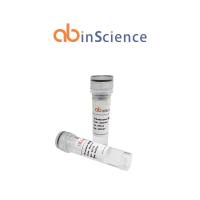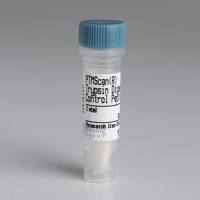The ability of prototypical second messenger cyclic AMP (cAMP) to positively control transcription of the somatostatin gene was pivotal to the original identification of the transcription factor cAMP response element-binding protein. However, it is now clear that alternative intracellular cAMP sensors, of which the exchange protein directly activated by cAMP (Epac) proteins have been studied most intensively, also initiate transcription of key genes in response to cAMP elevation. For example, we have demonstrated in vascular endothelial cells that activation of Epac1 is necessary for cAMP-mobilizing agents to trigger the induction of the gene-encoding suppressor of cytokine signaling-3 (SOCS-3), a potent inhibitor of interleukin (IL)-6 signaling. This is achieved through the recruitment of CCAAT/enhancer-binding protein (C/EBP) transcription factors to the SOCS-3 promoter. Here, we describe in detail how to identify and measure cAMP-mediated recruitment of a specific C/EBP isoform to a candidate regulator region of the SOCS-3 promoter in vascular endothelial cells in vitro. We also describe the RNA interference strategies with which we identified a role for Epac1 and SOCS-3 in being responsible for mediating the inhibitory effect of cAMP elevation on IL-6 signaling.






